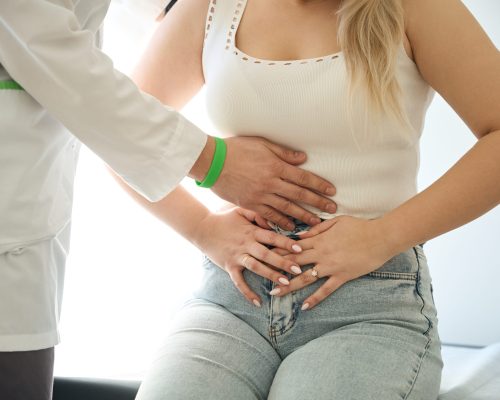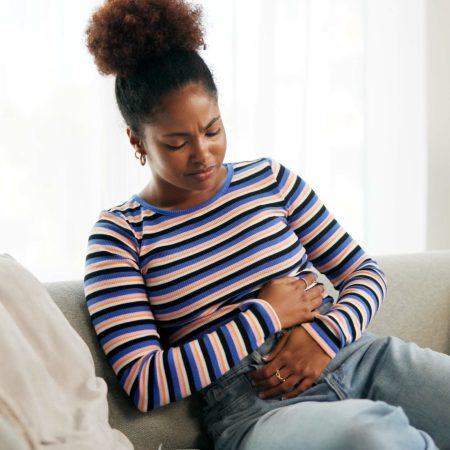Pelvic Pain
Dr Jenny Cook | Sydney Gynaecologist & Advanced Laparoscopic Surgeon
Finding the Cause

Pelvic Congestion Syndrome
Pelvic Congestion Syndrome is a cause of chronic pelvic pain characterised by worsening pain on sitting or standing for a long time, often relieved on lying flat. The pain can be worse following menstrual periods or intercourse.
Pelvic congestion is due to incompetent valves in pelvic veins, leading to backflow of blood that pools within the pelvis. The pressure results in pelvic pain. Pelvic congestion can be suspected on an ultrasound (USS) with dopplers to examine the blood flow.

Laparoscopy
A laparoscopy is performed to diagnose and treat the underlying cause of pelvic pain.
Endometriosis is definitely excised.
PID will be obvious if there are filmy adhesions and dilated Fallopian tubes (hydrosalpinx). A hydrosalpinx is a well-recognised cause of pelvic pain. We will have a careful and detailed discussion regarding the role for removing the hydrosalpinx to address the pain (salpingectomy).
Adhesions refer to areas of scar tissue — often involving the bowel and other pelvic organs. These are carefully divided.
Pelvic congestion can be diagnosed when there are persistently dilated pelvic vessels which do not empty despite changes in position.

Case Studies
Don’t live with chronic pelvic pain.
With the right investigations, treatments, and support, pelvic pain can be effectively managed. I will work with you to find the underlying cause and provide a tailored treatment plan to help restore comfort and quality of life.





